Related Research Articles
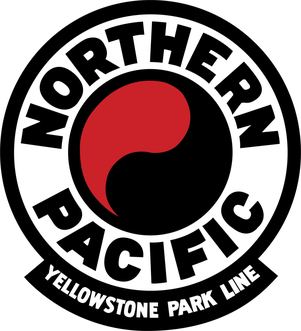
The Northern Pacific Railway was an important transcontinental railroad that operated across the northern tier of the western United States, from Minnesota to the Pacific Northwest. It was approved and chartered in 1864 by the 38th Congress of the United States in the national / federal capital of Washington, D.C., during the last years of the American Civil War (1861-1865), and given nearly 40 million acres of adjacent land grants, which it used to raise additional money in Europe, for construction funding.

William Freeman Vilas was an American lawyer, politician, and United States Senator. In the U.S. Senate, he represented the state of Wisconsin for one term, from 1891 to 1897. As a prominent Bourbon Democrat, he was also a member of the cabinet of U.S. President Grover Cleveland, serving as the 33rd Postmaster General and the 17th Secretary of the Interior.
William Kingsford was an English-born Canadian historian and civil engineer. He is best known for his History of Canada in 10 volumes (1887–1898), which was widely read by both the upper middle class and Anglophone teachers.
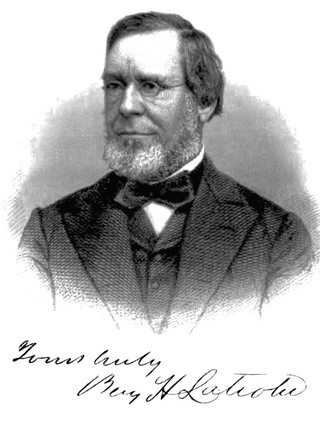
Benjamin Henry Latrobe II was an American civil engineer best known for pioneering railway bridges, notably the Thomas Viaduct, and serving as chief engineer for the Baltimore and Ohio Railroad. His innovations in wooden bridges and curved masonry viaduct designs significantly advanced American civil engineering in the 19th century. Latrobe also collaborated with Wendel Bollman, a prominent bridge designer, who contributed to early developments in iron truss bridges. His engineering survey plans for crossing the Allegheny Mountains were later incorporated into legislation guiding the construction of the Pacific railroads, establishing his lasting impact on national infrastructure.

George Washington Cook was a U.S. Representative from Colorado. At eleven years of age, he ran away from home to serve during the Civil War. He was a drummer boy and then a chief regimental clerk. After the war, he completed his public school education and then attended Indiana University. His varied career included working for railroad and mining companies, and service as a mayor and a legislator. He was department commander for the Grand Army of the Republic.
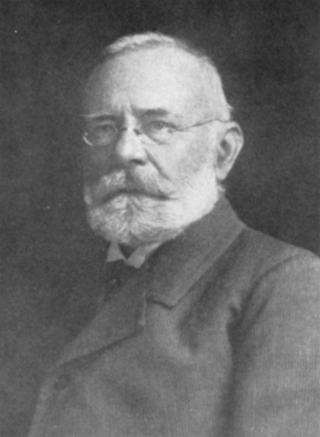
Charles Conrad Schneider, often referred to as C. C. Schneider, was an American civil engineer and bridge designer. Schneider was also a member and president of the American Society of Civil Engineers.

William Lafayette Darling (1856-1938), was a consulting engineer in St. Paul, Minnesota.

John William Kendrick was chief engineer, general manager and vice-president of the Northern Pacific Railway and later vice-chairman of the board of the Atchison, Topeka and Santa Fe Railway.

Edward Jones Pearson was president of the New York, New Haven and Hartford Railroad.
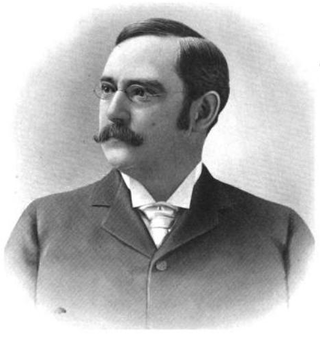
John Findley Wallace was an American engineer and administrator, best known for serving as chief engineer for construction of the Panama Canal between 1904 and 1905. He had previously gained experience in railroad construction in the American Midwest.
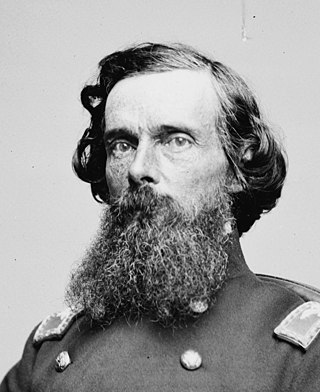
Julius Walker Adams was an American civil engineer and railroad engineer, who designed the Starrucca Viaduct. He co-founded the American Society of Civil Engineers in 1852 and served as its president from 1874 to 1875.

Council City and Solomon River Railroad is an abandoned railroad in the U.S. state of Alaska. Its name refers to Solomon River and the city of Council in the Nome Census Area. The railway operated from 1903 to 1907. The remains of the railroad at Mile 31 of the Nome-Council Highway, comprising three locomotives, two flat cars and a boiler, were listed as an historic district on the National Register of Historic Places in 2001.
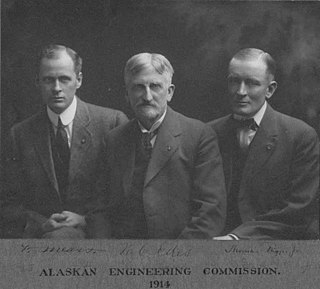
William C. Edes was a U.S. civil engineer. He was the chairman and former chief engineer of the Alaskan Engineering Commission.

William Ashburner Cattell was a U.S. civil engineer. He served as President of the Petaluma and Santa Rosa Railroad.
Valdez-Yukon Railroad was an early 20th century railway in the U.S. state of Alaska, built subsequent to the Klondike Gold Rush. The Valdez-Yukon Railroad Company was organized in 1905 for the purpose of building a railroad from Valdez to Eagle City, and to tap the rich copper and gold districts of the Copper, Chitina, and Tanana rivers. The line was discontinued after reaching Keystone Canyon.
Lincoln Bush (1860–1940) was an American civil engineer and inventor, known for his work with railroads.
Walter Theodore Krausch, known as W.T. Krausch (1868–1929), was an American architect, engineer, and inventor who worked for the Chicago, Burlington and Quincy Railroad (CB&Q) from the late 1880s to the 1920s.
John Charles Lounsbury Fish was a Professor of Civil Engineering, Emeritus, at the School of Engineering, Stanford University. He is known for his works Mathematics of the Paper Location of a Railroad (1905), Earthwork Haul and Overhaul: Including Economic Distribution (1913), Technique of Surveying Instruments and Methods (1917), Engineering Economics: First Principles... (1923), The Engineering Method (1950), Linear Drawing and Lettering for Beginners, Lettering of Working Drawings, and Descriptive Geometry, and also as a coauthor of Technic of Surveying Instruments and Methods, The Transition Curve..., and The Engineering Profession.

William Wierman Wright was a well known nineteenth century American railroad engineer and civil engineer. He was born in York Springs, Pennsylvania.
References
 This article incorporates text from this source, which is in the public domain : Railway Review's "Railway Review" (1916)
This article incorporates text from this source, which is in the public domain : Railway Review's "Railway Review" (1916) This article incorporates text from this source, which is in the public domain : "The Book of Chicagoans: A Biographical Dictionary of Leading Living Men of the City of Chicago" (1905)
This article incorporates text from this source, which is in the public domain : "The Book of Chicagoans: A Biographical Dictionary of Leading Living Men of the City of Chicago" (1905) This article incorporates text from this source, which is in the public domain : Investor Publishing Company's "United States Investor" (1906)
This article incorporates text from this source, which is in the public domain : Investor Publishing Company's "United States Investor" (1906)
- ↑ Railway Review (Public domain ed.). Railway Review. 1916. pp. 84–.
- ↑ The Book of Chicagoans: A Biographical Dictionary of Leading Living Men of the City of Chicago (Public domain ed.). Marquis. 1905. pp. 559–.
- ↑ United States Investor (Public domain ed.). Investor Publishing Company. 1906. pp. 1763–.